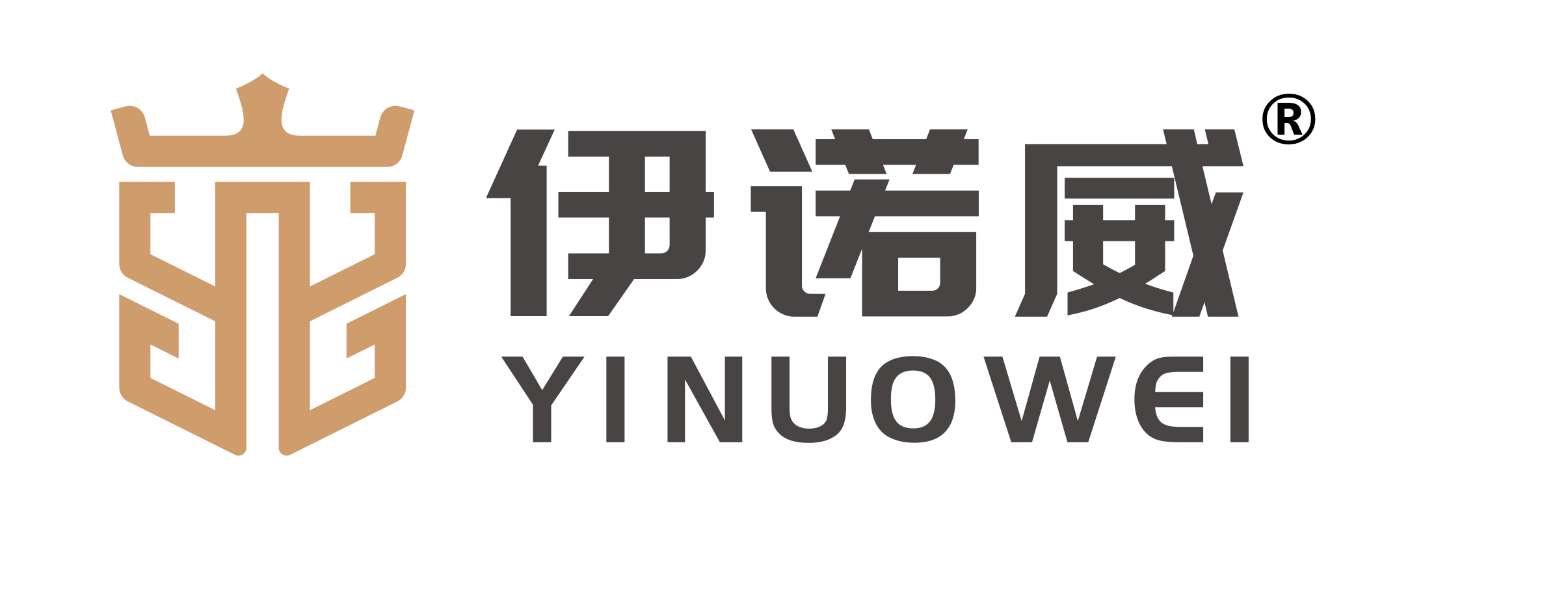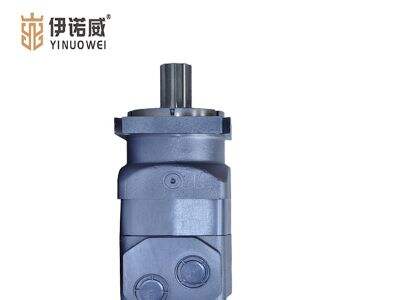موتورهای هیدرولیک دستگاههای منحصر به فردی هستند که فشار مایع را به جنبش تبدیل میکنند. این جنبش بسیار مفید است زیرا برای عملکرد انواع مختلف ماشینها استفاده میشود. این ماشینها میتوانند پایهای باشند، مانند ابزارهای کوچکی که شاید در خانههای خود داشته باشیم، یا میتوانند بزرگ و پیچیده باشند که در کارخانهها میتوانیم آنها را ببینیم. افزایش آگاهی از اینکه موتورهای هیدرولیک چگونه کار میکنند، به ما کمک میکند متوجه شویم که چرا باید آنها را به عنوان مؤلفههای ارزشمند و کاربردی ماشینها در زندگی روزمره ما تشخیص دهیم.
انواع موتورهای هیدرولیک
سه نوع اصلی موتورهای هیدرولیک شامل موتورهای دندهای، موتورهای صفحهای و موتورهای پیستونی هستند. این بدان معناست که آنها به طور ساختاری متفاوت هستند، زیرا هر نوع طراحی خاص خود را دارد. آنها همچنین مزایا و معایبی دارند که هنگامی که باید تصمیم بگیریم کدام یک را برای وظیفه خاصی استفاده کنیم، ظاهر میشوند.
موتورهای دندهای: این موتورها به دندههایی بستگی دارند که طراحی شدهاند تا به شیوهای شبیه قطعات پازل با هم جفت شوند و توان تولید کنند. به علت موتور هیدرولیک oms 160 به دلیل سادگی طراحی خود، موتورهای گیربکس ساختن آسانتر و ارزانتر از انواع دیگر هستند. اما آنها ضعیف هستند و فقط میتوانند در سرعتهای پایین کار کنند. این موضوع آنها را مناسب کارهای سبکتر میکند.
موتورهای صفحهای: موتورهای صفحهای تنها نوع موتوری هستند که دارای محور چرخان هستند. قطعه دیگری که «روتور غیرمرکزی» نامیده میشود، مرکز را ثابت نگه میدارد و کمک میکند تا موتور به طور滑顺 عمل کند. هر دو موتور و گیربکس قطر بیرونی کمینه دارند، اما به طور کلی موتورهای صفحهای انرژی و کارایی بیشتری نسبت به موتورهای گیربکس ارائه میدهند: در حالی که مصرف انرژی زیادی ندارند. اما ساختن آنها کمی دشوارتر است و نیاز به نگهداری منظم برای حفظ عملکرد خوب دارند.
چه چهار نوع موتور هیدرولیک مختلف وجود دارد؟ موتور پیستون: موتور پیستون قویترین دسته موتورهای هیدرولیک است. پیستونهای خم شونده تونها از گشتاور تولید میکنند، نیروی چرخشی که چیزها را به حرکت میاندازد. موتورهای پیستون به دلیل قدرت و کارایی خود میتوانند کارهای سنگین زیادی را انجام دهند. با این حال، آنها گرانترین نوع موتور هیدرولیک هستند و ممکن است نگهداری آنها دشوارتر باشد.
مزایا و معایب موتورهای هیدرولیک
موتورهای هیدرولیک مختلف مزایا و معایب خود را دارند.
موتور دندهای: این موتورها موتورهای ارزان قیمتی هستند که نیاز به نگهداری بسیار کمی دارند و مناسب کارهای ساده هستند. با این حال، آنها قدرت زیادی ندارند و تنها میتوانند به سرعت کسری کارها را انجام دهند، بنابراین توانایی آنها محدود است.
این شامل عملکرد و کارایی بهتر نسبت به موتورهای دندهای است که به کاربردهای گستردهتری اجازه میدهد. اما پیچیدگی آنها نیازمند تنظیمات بیشتر و توجه بیشتر برای حفظ عملکرد خوب است.
موتورهای پیستون: این قیمت موتور هیدرولیک قدرتمندترین و عملکرد بالاترین موتورها هستند که به راحتی کارهای سنگین را انجام میدهند. نکته منفی آنها این است که بسیار گران هستند و برای نگهداری از آنها کار زیادی لازم است، که ممکن است پیچیده باشد.
کاربردهای موتورهای هیدرولیک
موتورهای هیدرولیک در جاهای مختلف و صنایع متعددی استفاده میشوند. آنها به طور گسترده در ساخت و ساز، کشاورزی، کارخانهها و حمل و نقل مورد استفاده قرار میگیرند. به عنوان مثال، در ساخت و ساز، موتورهای هیدرولیک به حرکت دادن تجهیزات بزرگی مثل خاککوبها، بلدوزرهای سنگین، کранها، پالتها و غیره کمک میکنند. آنها به طور کلی برای حمل و نقل و بلند کردن اشیاء سنگین و حرکت مواد به صورت ایمن و سریع استفاده میشوند.
طریقه استفاده از موتورهای هیدرولیک
انواع مختلفی از کارها وجود دارد که موتورهای هیدرولیکی میتوانند انجام دهند. آنها عالی برای بلند کردن اشیاء سنگین هستند، که در ساخت و ساز و حمل و نقل بسیار مهم است. آنها را میتوان همچنین برای تأمین قدرت به باندهای نقاله ای که کالاها را در کارخانجات حمل میکنند استفاده کرد که کمک میکند تا کارها به طور مرتب و بدون مشکل انجام شود. موتورهای هیدرولیکی همچنین برای حفاری و معادن نیز مورد استفاده قرار میگیرند. آنها همچنین نقش کلیدی در کشف نفت و گاز دارند که ماشینهای ما را تغذیه میکند و خانههای ما را گرم میکند.
انتخاب موتور هیدرولیک مناسب
هنگام انتخاب بهترین موتور هیدرولیک، موارد زیادی باید در نظر گرفته شود. موتور هیدرولیک کوچک برای یک کار. اول از همه، فکر کنید که موتور باید کدام نوع کار را انجام دهد. آیا این کار شامل بلند کردن وزنههای سنگین یا سبک است؟ بعد از اینکه فکر کنید چقدر قدرت نیاز دارید. به عنوان مثال، بهترین ماشین برای کار با توان کم اما سرعت بالا موتورهای گیر بوده است. در مقابل، کمی ضعیفتر از لحاظ قدرت و سرعت، موتورهای صفحهای به طور مؤثر عمل میکنند. در نهایت، موتورهای پیستونی انعطافپذیرترین هستند و میتوانند بسیاری از توابع را انجام دهند، اما همچنین گرانترین هستند و خدمترسانی آنها میتواند سخت باشد.
برای خلاصهسازی، موتورهای هیدرولیک عناصر اصلی در بسیاری از صنایع و کارهایی که هر روز با آنها روبرو هستیم، هستند. این کمک میکند تا تصمیمگیری بهتری دربارهٔ جایی که باید متوقف شویم برای نیازهای بسیار خاص داشته باشیم. جینجیا، موتورهای هیدرولیک و قطعات با عملکرد بالا. پس بله، باید چه کار در ساخت و ساز، کشاورزی، کارخانهها یا حمل و نقل انجام دهید، ما راهحل مناسبی برای شما داریم. یادگیری دربارهٔ موتورهای هیدرولیک کمک میکند تا بفهمیم چگونه هر موتور زندگی ما را آسانتر و کار ما را بدون تلاش میکند.

 EN
EN
 AR
AR BG
BG CS
CS DA
DA NL
NL FI
FI FR
FR DE
DE HI
HI IT
IT JA
JA KO
KO PL
PL PT
PT RU
RU ES
ES SV
SV TL
TL IW
IW ID
ID SR
SR SK
SK SL
SL UK
UK VI
VI GL
GL MT
MT TH
TH TR
TR FA
FA AF
AF MS
MS GA
GA HY
HY EU
EU LA
LA MI
MI NE
NE MY
MY